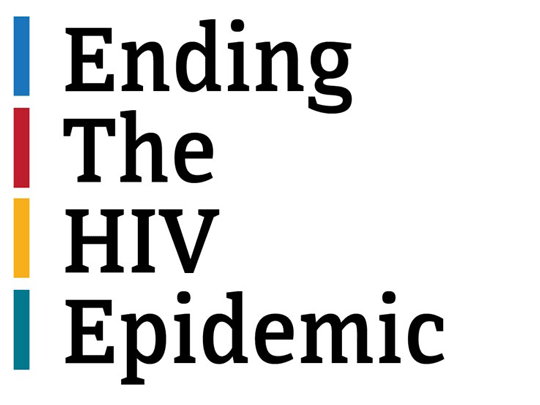New Infections, Old Problems
Of the new cases of human immunodeficiency virus (HIV), 1 in 5 are sexually active 13-24-year-olds. For instance, 23% of the 4,302 reported cases in Texas were youth. Reducing new HIV infections is key to finally ending the epidemic. Knowing the reasons and giving support is just as crucial if young people are at risk at such a high rate. The larger society must help sexually active youth feel comfortable with getting tested. Testing and access to information and treatment can be a game-changer.
Is it a lack of information?
Although age 13-24 is a period of curiosity and experimentation, the risk of HIV is high. Many Texas school districts do not offer sexual education and safe sex practices. Others focus on conservative values like abstinence. The absence of information even continues at all levels of education. Therefore, 13-24 year olds lack knowledge on the benefits of condom use or using condoms with a same-sex or older partner. Even at home, discussions about sex are taboo, especially in Black and Latino communities where the risks are highest. With no information and support, there is little value placed on practicing safe sex.
Breaking the cycle of shame
What about those who want to get tested or need the correct information? In some places, testing, contraception, and access to preventive drugs are difficult without parental consent. Most teens would rather avoid difficult conversations out of fear or shame projected by parents. Older teens and young adults feel uncomfortable visiting clinics to get tested. A lack of resources increases the risk of HIV, particularly among gay men, bisexual men, and transgender women. Some go on to have mixed-status relationships but cannot stay protected. Others cannot access treatment as prevention (TasP) methods, including pre-exposure prophylaxis (PrEP) medication. There should be no shame in getting tested.
A heavily marginalized group
Some teens and young adults experiment with recreational drugs and harder substances at this age. Drug use, primarily via sharing needles, is another major cause of HIV infections. Yes, this is high-risk behavior. However, young people still need support. Drug use has high levels of stigma and discrimination from families and communities. The added legal consequences of drug use also stop 13-24-year-olds from seeking HIV care. Several communities have resources for counseling, testing, or safe drug use. However, most groups do not know the value of these services, which end up underutilized.
Getting tested matters
About 44% of the HIV status of teens and young adults is unknown. Only 1 in 5 youth aged 13-24 has tested at least once. Without testing, no one can be aware or act quickly. Adults, teachers, parents, and loved ones must unite to provide awareness and support testing at all levels. Youth groups must also openly discuss any challenges and encourage adults to get tested. A parent and child getting tested together can leave a lasting, positive effect on the child’s future status. Everyone should get tested at least once. Some youth and adults should consider up to 4 times per year based on the risk for HIV and sexually transmitted infections (STIs). These figures may seem high, but new cases continue to decline due to testing.

Have You Seen Our Outreach Efforts?
You may have seen our table ads in the community. You can download them here:





